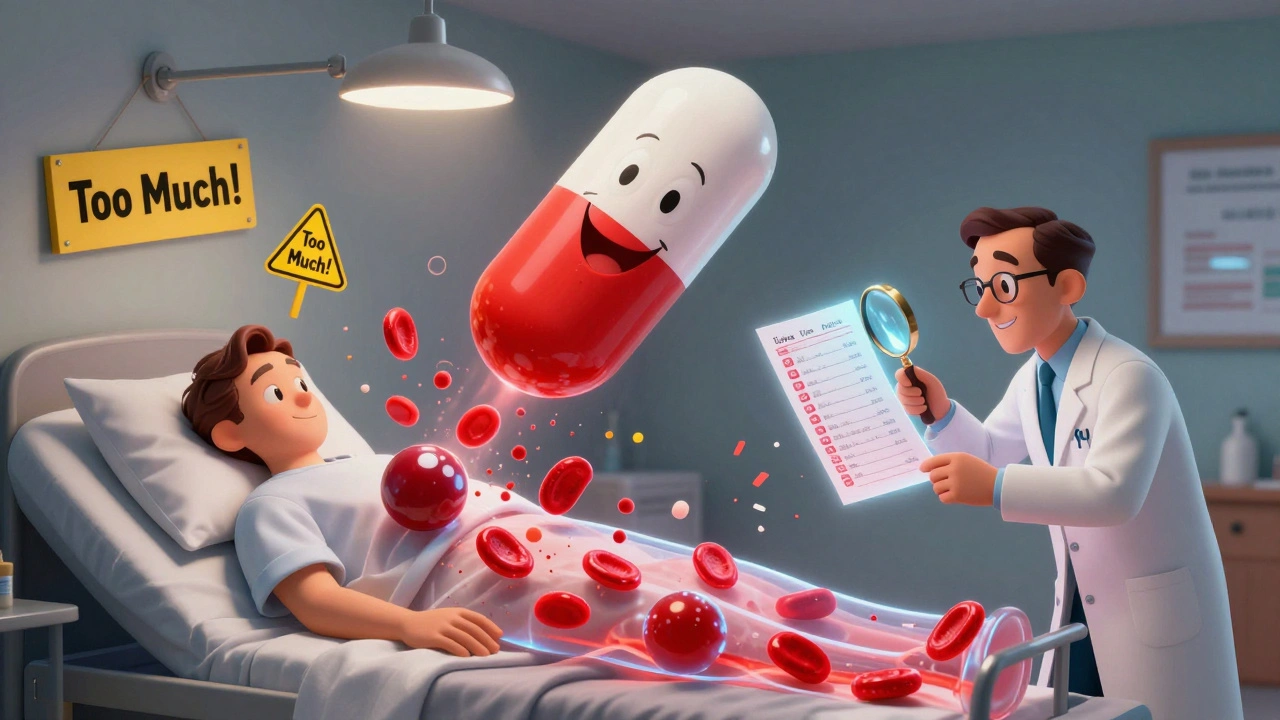Hydroxychloroquine: Uses, Safety, and Buying Tips
When working with Hydroxychloroquine, an antimalarial drug that also modulates immune activity in conditions like lupus and rheumatoid arthritis. Also known as Plaquenil, it has been studied for viral infections, most notably COVID‑19, and shares a chemical backbone with chloroquine. Because the medication can affect the eye, retinal toxicity is a key safety concern that requires regular monitoring. The drug’s impact on autoimmune disease management, especially lupus, makes it a staple in many treatment plans. Understanding these relationships helps you decide if hydroxychloroquine fits your health goals and how to use it responsibly.
Key Considerations Before You Buy
First, know why you need the medication. Hydroxychloroquine is prescribed for three main reasons: preventing malaria in travelers, controlling flare‑ups in autoimmune disorders, and, in some regions, off‑label use for viral illnesses. Each purpose brings its own dosing schedule and monitoring needs. For malaria, short‑term high doses are typical; for lupus, a lower maintenance dose spread over weeks or months is common. Side‑effects differ by duration—short courses may cause gastrointestinal upset, while long‑term use raises the risk of retinal changes, muscle weakness, and heart rhythm disturbances. Drug interactions matter too; combining hydroxychloroquine with certain antacids, insulin, or other immunosuppressants can amplify adverse effects. Checking with a pharmacist or doctor before adding new supplements or prescription meds protects you from harmful combos.
Second, verify the source. Online pharmacies vary widely in legitimacy. Look for accredited sellers that require a prescription, display a physical address, and provide clear contact information. Avoid sites offering “no‑prescription” discounts that sound too good to be true; they often sell counterfeit pills that lack proper dosage or contain harmful fillers. When you receive the product, inspect the packaging for tamper‑evidence, correct labeling, and batch numbers that match the pharmacy’s records. Keeping a copy of the prescription and the pharmacy’s receipt helps you trace any issues back to the supplier quickly.
Third, plan for monitoring. Baseline eye exams are recommended before starting long‑term therapy, and follow‑up exams every six to twelve months catch early signs of retinal toxicity. Blood tests to check liver function and blood sugar levels are also useful, especially if you have diabetes or liver disease. If you experience visual disturbances, nausea, or unusual heartbeats, stop the medication and seek medical advice right away. By staying proactive, you can enjoy the therapeutic benefits while minimizing risks.
Our collection below pulls together practical guides, safety comparisons, and buying advice that dive deeper into each of these topics. Whether you’re comparing hydroxychloroquine to similar drugs, learning how to spot reputable online pharmacies, or need a quick refresher on side‑effect management, you’ll find focused, easy‑to‑follow articles that complement the overview you just read. Explore the posts to get the detailed information you need to make an informed decision about hydroxychloroquine.
Hydroxychloroquine vs Alternatives: Complete Comparison Guide
A detailed, human‑friendly comparison of hydroxychloroquine with its main malaria and autoimmune alternatives, covering efficacy, side effects, costs and practical tips.






